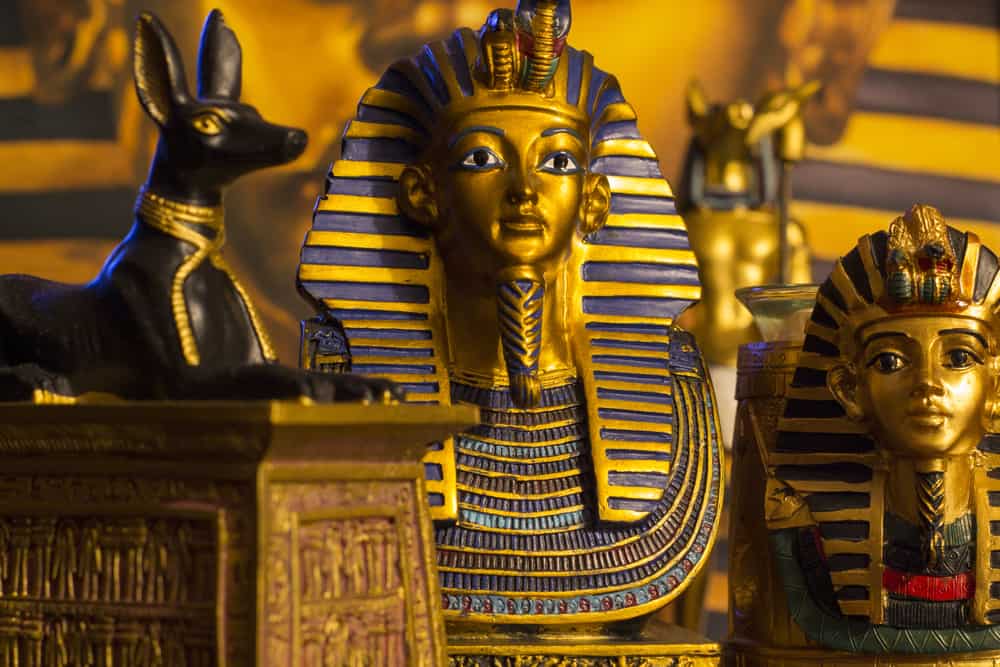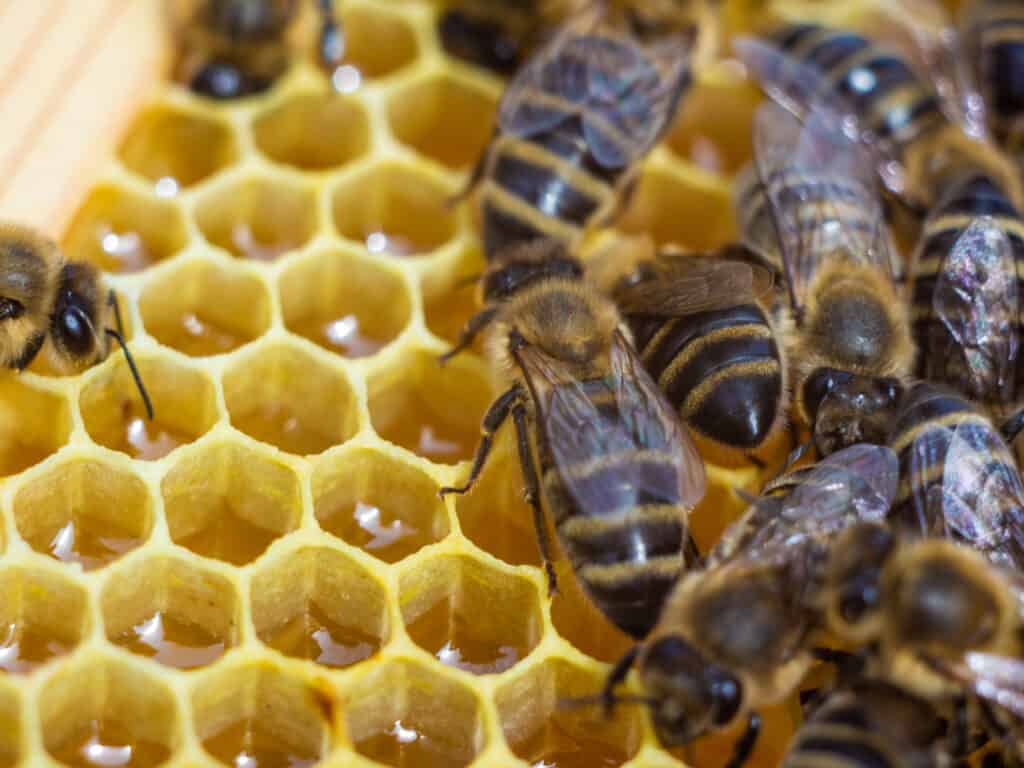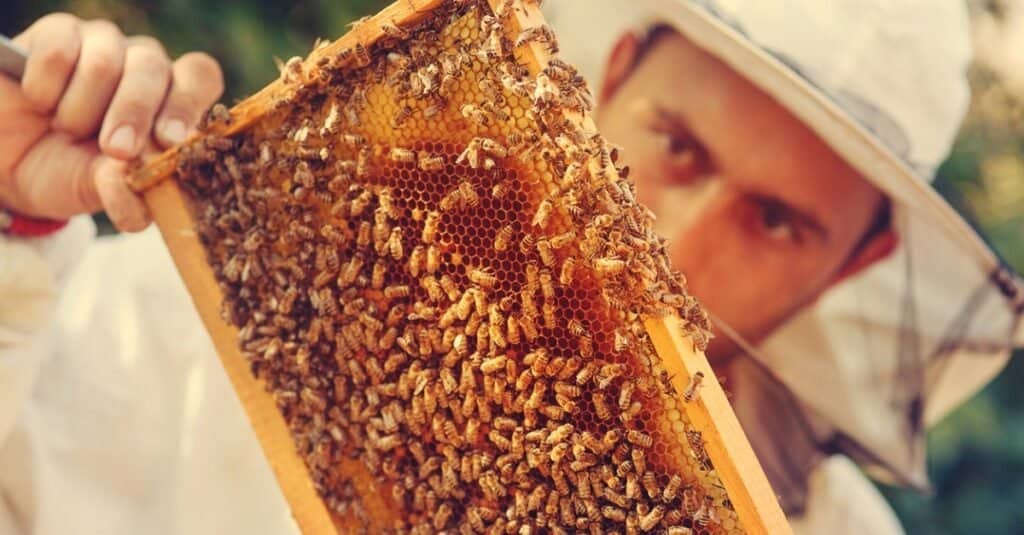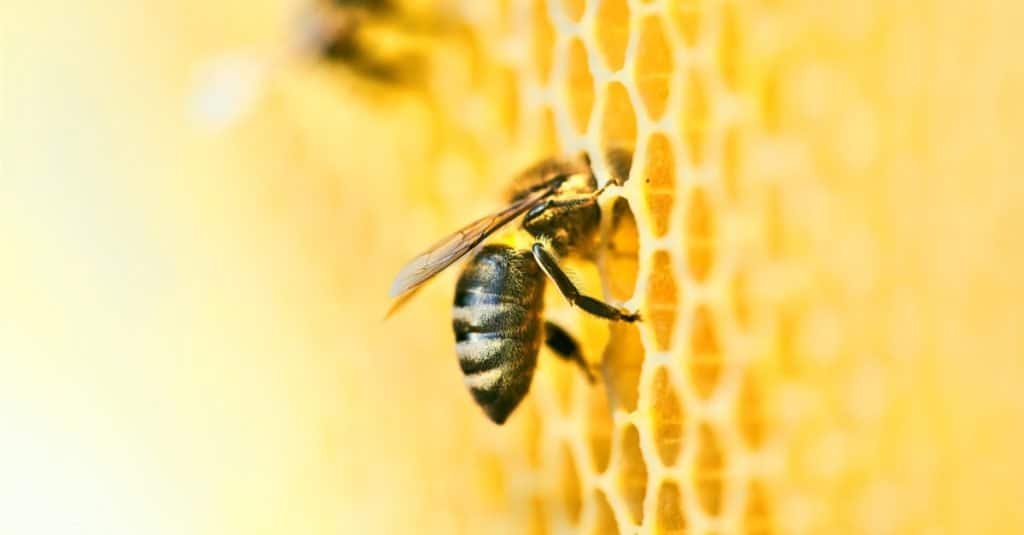Honey from honeybees is as old as humanity itself. It has been utilized not just for its nutritional value but also for its therapeutic and cosmetic properties since ancient times. Honey and beekeeping have played important roles in human history for thousands of years. Humans have been keeping bees for as long as we have been cave paintings, and these depictions date back to prehistoric times.
For example, a piece of artwork depicting a prehistoric man is shown surrounded by honeybees as he gathers honey in Cueva de la Araa (meaning “Cave of the Spider”) in the Spanish province of Valencia. This drawing is widely regarded by academics and anthropologists as the first evidence of beekeeping in prehistory. Approximately 7,000 to 15,000 years have passed since it was created, according to experts. Mesolithic cave paintings of people gathering honey have also been discovered in India. Similar to the cave paintings in Spain, these were created between 15,000 and 11,000 B.C.
Do you know where the oldest honey was discovered and how old it is? This article will unveil the answer to this question!
Is the Oldest Honey from King Tuts Tomb?

Honey that’s over 3,000 years old was discovered in King Tut’s tomb in 1922. It was still edible!
©JK21/Shutterstock.com
For nearly a century, the 3,000-year-old honey from King Tut’s tomb was considered the earliest example of honey ever discovered. Archaeologists excavating the tomb of the pharaoh King Tut in 1922 came upon jars of honey. Some think it was put there to cheer him up on his way to the afterlife from the celestial realm.
For thousands of years, honey was considered the equivalent of liquid gold in ancient Egypt. Honey was employed not just in ancient Egyptian baking but also in the brewing process. Honey was an important part of the Egyptian diet and was also used medicinally. Its antiseptic properties were discovered, and it was used on cuts and scrapes. Cleopatra is reported to have used a bath of milk and honey as a beauty ritual.
First, to successfully domesticate honey bees using clay cylinders, the ancient Egyptians gained a significant cultural and economic advantage. Bees and beehives are depicted in Egyptian hieroglyphs; one such example is the image of a beehive in the Tomb of Pabasa, which was discovered in Theban’s tomb. Mummies in ancient Egypt were preserved using honey, beeswax, and propolis, all products of the beekeeping industry. Beeswax was also used to create candles and sculptures.
So, is the honey found in Tut’s tomb the oldest hone found to date? No. Keep reading to discover where the world’s oldest honey was found!
Where Was The World’s Oldest Honey Found?

The oldest honey ever found was discovered in 2003 and is over 5,500 years old!
©Goncharov Taras/Shutterstock.com
According to a 2012 report, the oldest honey in the world was found in 2003 in Georgia, west of Tblisi, amid an oil pipeline installation. It is estimated to be over 5,500 years old. So, this Georgian honey is older by two millennia than the Egyptian honey discovered in 1922! There were three distinct kinds of honey discovered: linden, berry, and meadow flower. Similarly to ancient Egyptian tombs, a noblewoman’s tomb contained honey stored in ceramic pots to accompany her on her afterlife journey.
The most amazing thing about honey is not how old it is, but rather the fact that you can still eat it after thousands of years! Is there some secret to keeping this food fresh for millennia? If you’re curious, keep on reading!
How Does Honey Last So Long?

Honey is so well-preserved due to its acidity, sugar content, and antimicrobial properties.
©iStock.com/djiledesign
Honey’s antibacterial capabilities, high sugar content relative to water content, and low acidity level are the three main reasons why it doesn’t go bad.
Acidity
Let’s start with the acidity, shall we? Most bacteria favor a pH range that is neither too acidic nor too basic. Several of the fundamental proteins that function as molecular machinery inside cells are degraded in acidic environments. Honey’s acidity is increased by the enzymes used to break down the sugar, which also makes it less hospitable to bacterial development.
Sugar content
Secondly, honey is sweet because the bees have worked hard to evaporate much of the water to concentrate the nectar. Because of its high sugar content, honey is able to draw moisture from the surrounding air. With only about 18% water content, honey is too dry for most germs to thrive in.
Only when additional water is present, as when the honey is introduced to humidity, will bacteria be able to multiply. Honey’s water content should not go beyond 25%, or else bacteria could start growing in it, therefore always store it in an airtight container.
Antimicrobial compounds
Finally, honey contains a few chemicals that are effective against germs. Hydrogen peroxide is the first byproduct of the bees’ digestive enzymes, which are employed to break down the more complex carbohydrates. Bacterial cell walls are easily compromised by hydrogen peroxide.
In Conclusion

Honey has an infinite shelf life if stored properly.
©Aleksandr Rybalko/Shutterstock.com
Honey has been used for as long as people have been around. Innumerable artifacts, historical documents, and historical works dating back to the prehistoric period attest to honey’s significance. Nutrition, health, beauty, and religion have all benefited from honey and other beekeeping products. Moreover, it was highly sought after as a trading commodity. Several dishes around the world have honey as a staple ingredient.
Honey has an infinite shelf life since it does not go bad when kept in the right circumstances. Ancient honey pots are living proof of this. Nobody is going to spread the samples on toast because they are significant artifacts, but it’s incredible to think that such small insects can manufacture one of the few foods that can persist for thousands of years without spoiling.
The photo featured at the top of this post is © iStock.com/nitrub
Thank you for reading! Have some feedback for us? Contact the AZ Animals editorial team.






